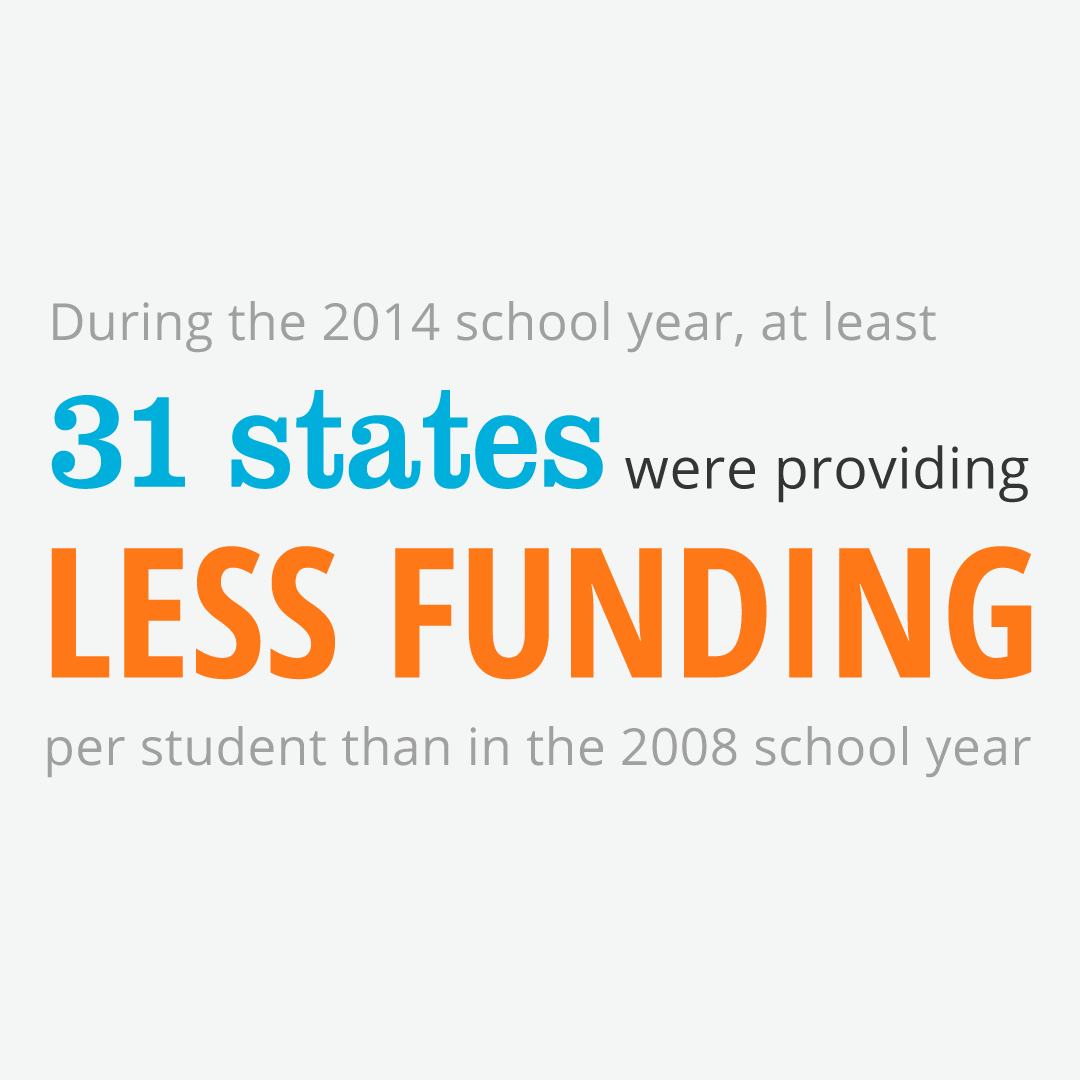The anticipation for the Administration’s Infrastructure Proposal is mounting, as reports indicate Republicans discussed it at a retreat at Camp David and the White House hosted a bipartisan meeting to share more about what they will release.
To address our nation’s infrastructure needs, we need an additional $2 trillion worth of investment across all levels of government and the private sector over the next 10 years. A federal infrastructure package that’s additive to current funding levels would go a long way to bringing our infrastructure from a “D+” to a “B” average.
With the needs and solutions identified in the Report Card in mind, ASCE released Principles for Infrastructure Investment last year to offer guidance on what an effective package should include:
- Investments must provide substantial, long-term benefits to the public and the economy;
- The cost of a project over its entire life span – including designing, building, operating, and maintaining the infrastructure – must be taken into account;
- Projects should be built sustainably and resiliently; and
- Federal investment should leverage state, local, and private investment, not replace these other critical sources of infrastructure funding.
Selecting projects by utilizing the framework of existing federal programs can help expedite the process. The projects funded by the programs below have already proven to be successful; providing more funding to existing programs rather than creating new programs will reduce overhead costs and startup time while still allowing for significant and noticeable improvements across all sectors of U.S. infrastructure
Effective existing federal infrastructure programs include:
- The Clean Water State Revolving Fund,
- The Drinking Water State Revolving Fund,
- The Water Infrastructure Finance and Innovation Act (WIFIA) Program,
- The Environmental Protection Agency’s (EPA) Brownfields and Superfund cleanup programs,
- The Federal Aviation Administration’s (FAA) NextGen air traffic control system,
- The FAA’s Airport Improvement Program (AIP),
- The Harbor Maintenance Trust Fund,
- The Inland Waterway Trust Fund,
- The Dam Safety Program,
- The Levee Safety Program,
- Priority projects in the U.S. Army Corps of Engineers project backlog,
- U.S. Department of Transportation (DOT) Infrastructure for Rebuilding America (INFRA) grants, and
- U.S. DOT Transportation Investment Generating Economic Recovery (TIGER) discretionary grants.
Another mark of success is that any plan must include a long-term, sustainable funding solution for the Highway Trust Fund. Our nation’s surface transportation infrastructure accounts for more than three-quarters of the overall infrastructure investment gap, and bolstering the Trust Fund would go a long way toward closing the gap. The Fund’s primary revenue source, the federal motor fuel tax, has not been raised since 1993 and inflation has cut its real value by 40%. Congress has shored up the fund with $140 billion in general fund transfers since 2008. Between 2021 and 2026, the nonpartisan Congressional Budget Office estimates Congress will need to provide an additional $121 billion to the Highway Trust Fund just to meet current obligations and maintain existing spending levels. To ensure adequate and stable funding for America’s highways, bridges and transit systems the Trust Fund needs a long-term, sustainable revenue source.
Infrastructure is the very backbone of our nation’s economy. ASCE and its 150,000 members look forward to working with President Trump and the 115th Congress to improve America’s infrastructure, so that every family, community, and business can thrive.



























